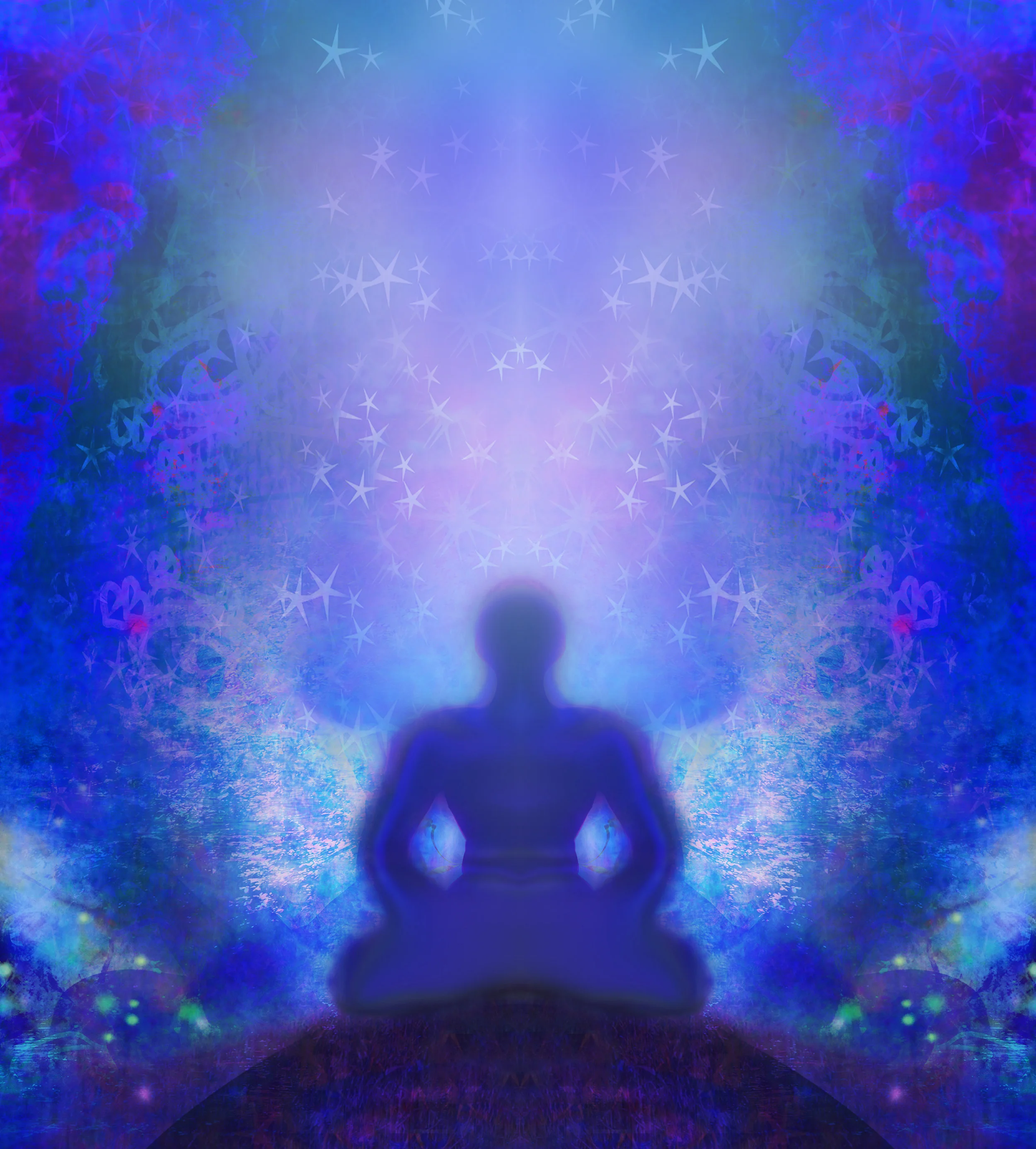The Path towards Nirvana
The path towards Nirvana is an arduous path which starts with cessation and ends with cessation.
There are two great experiences in Yoga; that of Shoonya or nothingness and that of light. In the state of nothingness, all internal activity ceases. The mind, consciousness and ego all come to a standstill and only awareness remains.
Shoonya; The Great Void
In the state of Shoonya, the void; the mind completely disconnects from the senses. It comes to a complete stop; a state where nothing is seen or heard, everything remains still. There is no outer world, there is no inner world. There is no time or space. There is no duality. There is no past or future, there is only now and here.
At this stage the Yogi becomes totally free from the mind, which is the ultimate freedom. Nirvana means just this, freedom from existence. There is no real difference between freedom from the mind and freedom from existence. In essence they are one and the same. It is the mind that creates both the desire and the need to attain it. Thus, with the complete release from the mind comes liberation from bondage, from the circle of life and death.
Nirvana is frequently denoted as the “end of the world”, a state in which the mind is transcended and no personal identity remains. Because in that state of non-existence, the discrimination between what is you and what isn’t you finishes. There is no start or end, no division. Time and space are transcended and you become one with everything. You experience everything as one, as yourself.
In the state of Nirvana one realizes that life and death have a different meaning altogether to what society believes. When one achieves Nirvana one has experienced both life and death completely, in totality. In Nirvana, life and death become one.
Buddha and Nirvana
Buddha overlooked the term Moksha, the state of total freedom. He spoke only of Nirvana, not of self-realization. He defined Nirvana as that state in which we can calm the mind, attain peace and achieve the state of absolute nothingness. Nirvana was essentially both the system and the ultimate goal. Buddha transformed the purpose of spirituality of his era, shifting the goal from self-realisation to the state of supreme freedom from the mind.
Desiring Nirvana is an obstacle
Nirvana can only come with the understanding that all desires are useless, including the desire for nirvana itself. It is through our desires that we act, and it is our actions that make us individuals. Our activity, all of which stems from desire is the very cause of duality. Thus, it is our desires that give birth to the ego, the personality; the limited self. The only way to transcend the limited self is through absolute cessation.
Buddha dedicated his entire life to help people understand that desiring itself is the cause of misery. That all desires take us away from the present moment - including the desire for Nirvana. The very word Nirvana means “cessation of desire”; so desiring not to desire becomes a new obstacle.
His was the way of dropping all desires, all ideals and all meanings. Buddha famously said “There is no meaning and there is no meaninglessness either. All is as it is”.
He considered all principles to be obstacles. He would remain silent when asked about the existence of the soul or of god. He had experienced both but he would remain silent for one simple reason. As humans, the moment we are told about the existence of a soul or about god, experiencing them becomes a target, it becomes a desire. The whole system of Buddha was based on Shoonya, the absence of desire and everything that stems from it.
It doesn’t matter if the desire is of money, power or liberation. Any form of desire is a step further from the goal and an obstacle to Nirvana.


